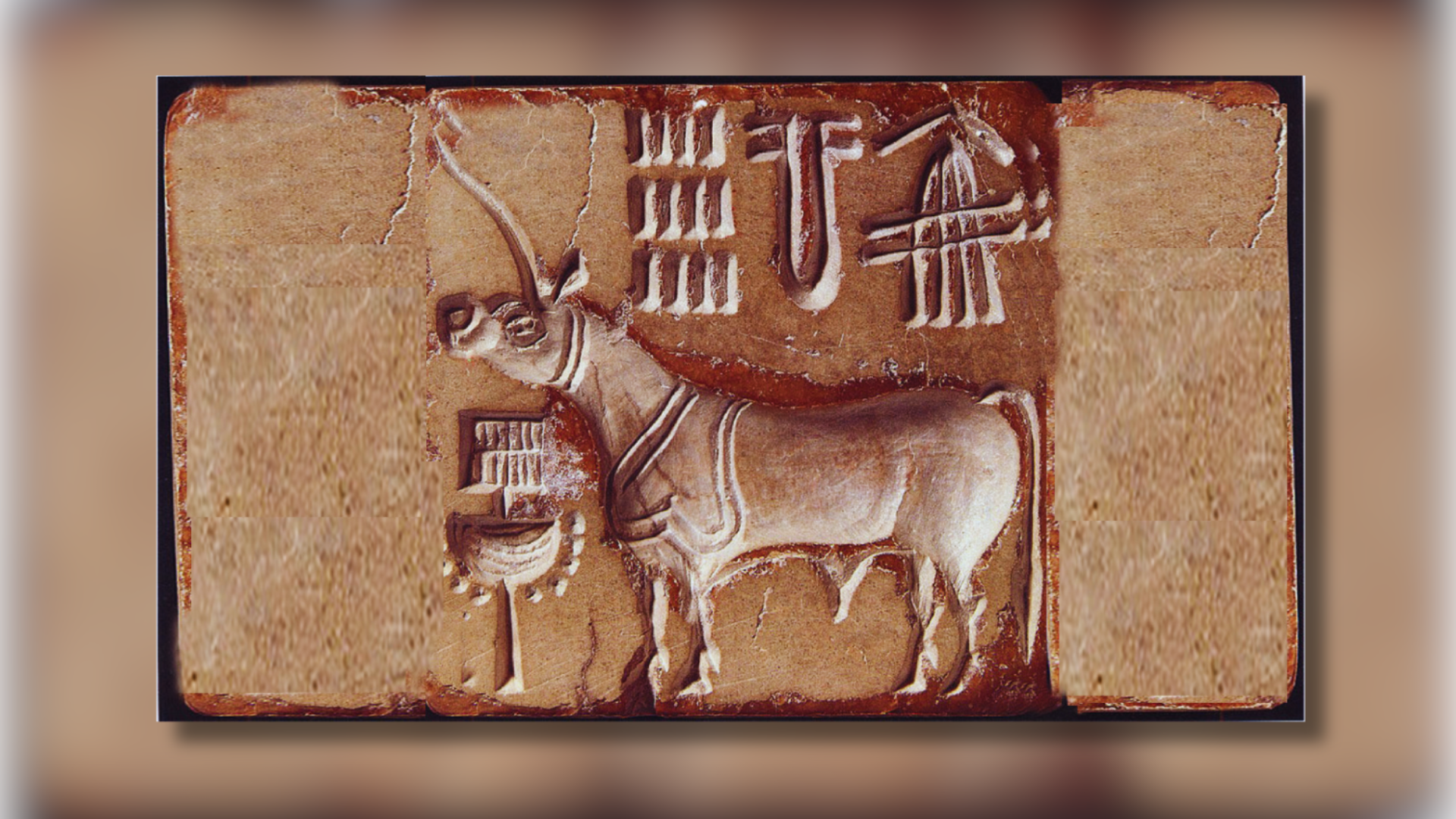The Harappan civilization, also known as the Indus Valley civilization the Early Harappan Phase spanned from 3300 to 2600 BCE, followed by the Mature Harappan Phase from 2600 to 1900 BCE, and concluding with the Late Harappan Phase from 1900 to 1300 BCE. It was one of the three major ancient civilizations, alongside Mesopotamian and Ancient Egyptian civilizations. These civilizations engaged in trade and maintained contact with each other. Archaeological evidence indicates maritime trade links between the Harappans and Mesopotamia. Furthermore, textual and iconographic records suggest that the Mesopotamians were aware of the Harappan civilization, referring to it as Meluha.
Another striking commonality among these civilizations was their urban nature. When we talk about urbanization, one is usually accustomed to imagining something from the modern era but what encompasses as urban is a completely different phenomenon altogether.
The Harappan Valley civilization exhibits excellent examples of structures that point towards its urban structure and confirms the advanced nature of the city’s civic infrastructure. In order to understand the extent of urbanization we need to delve deeper into the intricate features of the Harappan society.
Harappan Architecture
The most prevalent feature in the Harrapan architecture was the presence of a Citadel among the settlements. The city of Mohenjo-Daro was partitioned into two sections: the Citadel and the Lower City. The Citadel is characterized by a mud-brick mound approximately 12 meters (39 ft) in height.
Another striking feature was the ‘great bath’ in Mohenjo-Daro which is often associated with ritualistic gatherings. The great bath is a result of fine brickwork and was layered with gypsum plaster to make its base waterproof.
Other striking features include the granary, assembly hall, and workshops that exhibit an urban level of town planning.


Harappan town planning
The city boasted a sophisticated drainage system, meticulously organized water supply, efficient street lighting, designated areas for waste disposal, public wells strategically located throughout the streets, and individual wells in every household. Just like we have it in the modern era the Harappan cities had streets that would cut across each other at 90 degrees in a grid layout.

Harappan measurements
Archaeological discoveries at various sites suggest that the people of the Indus Valley civilization had a standardized system of weights and measures. These weights, typically crafted from a stone known as chert, were typically cubic in shape and lacked markings. The lower denominations of weights followed a binary system, with values such as 1, 2, 4, 8, 16, 32, and so on.
In conclusion, the Harappan civilization stands as a testament to the sophistication and advancement of ancient urban societies. Through its architectural marvels, well-planned infrastructure, and standardized systems, the civilization exemplifies a remarkable level of urbanization for its time. These enduring features play an important role in bridging the gap in our understanding and continue to fascinate and inspire our understanding of early human societies.
ALSO READ
Air India’s Airbus A350 Makes Global Debut, Elevating International Presence

















